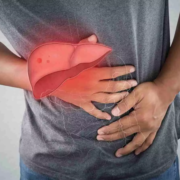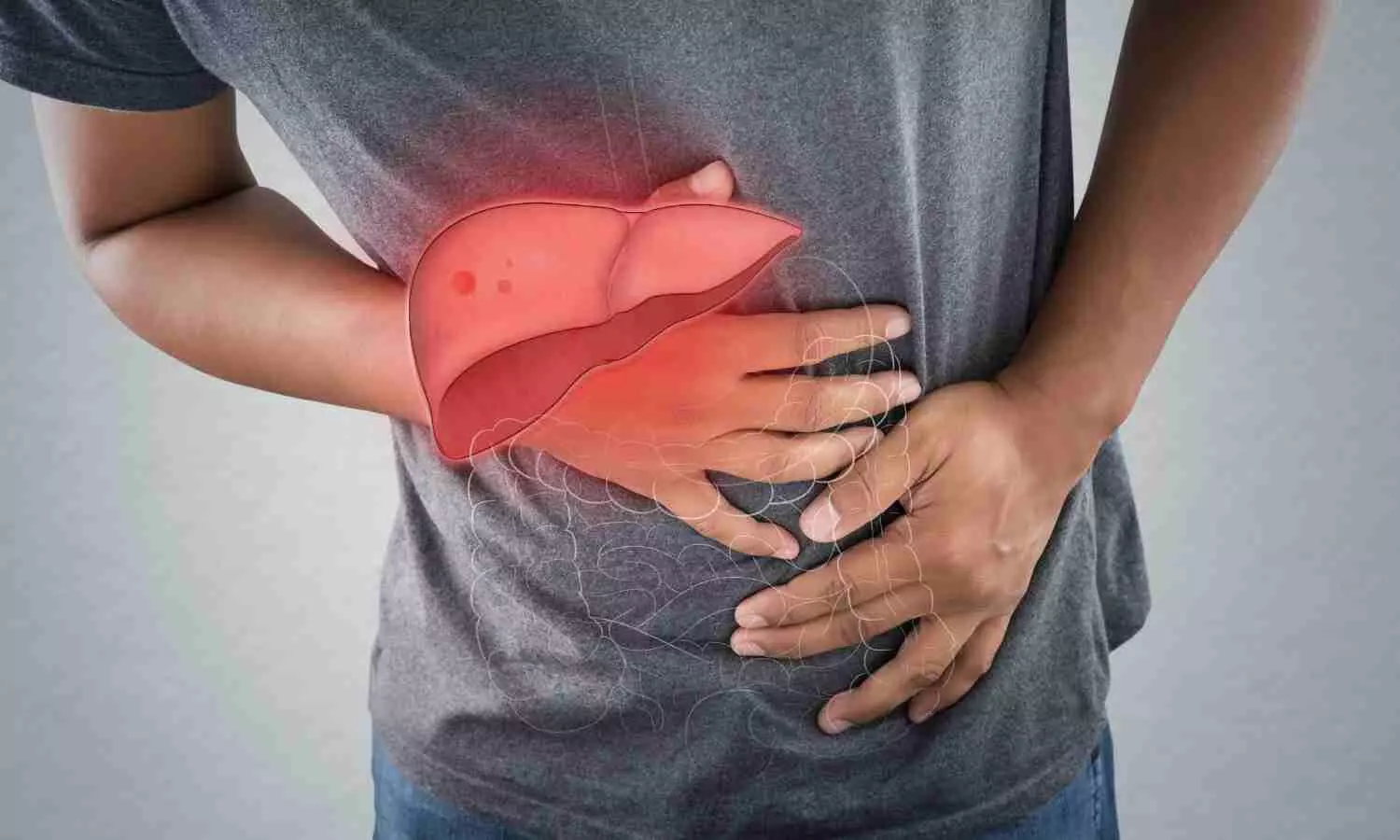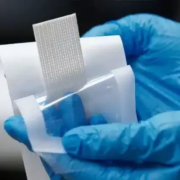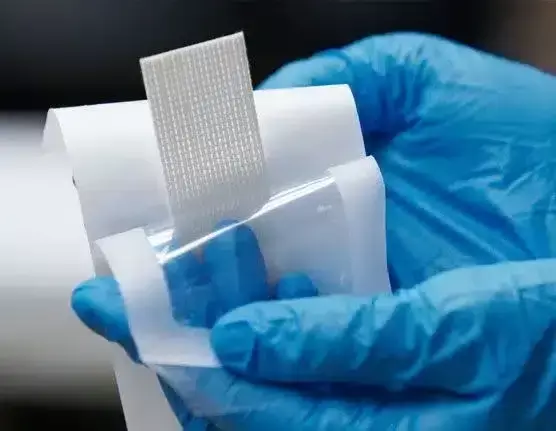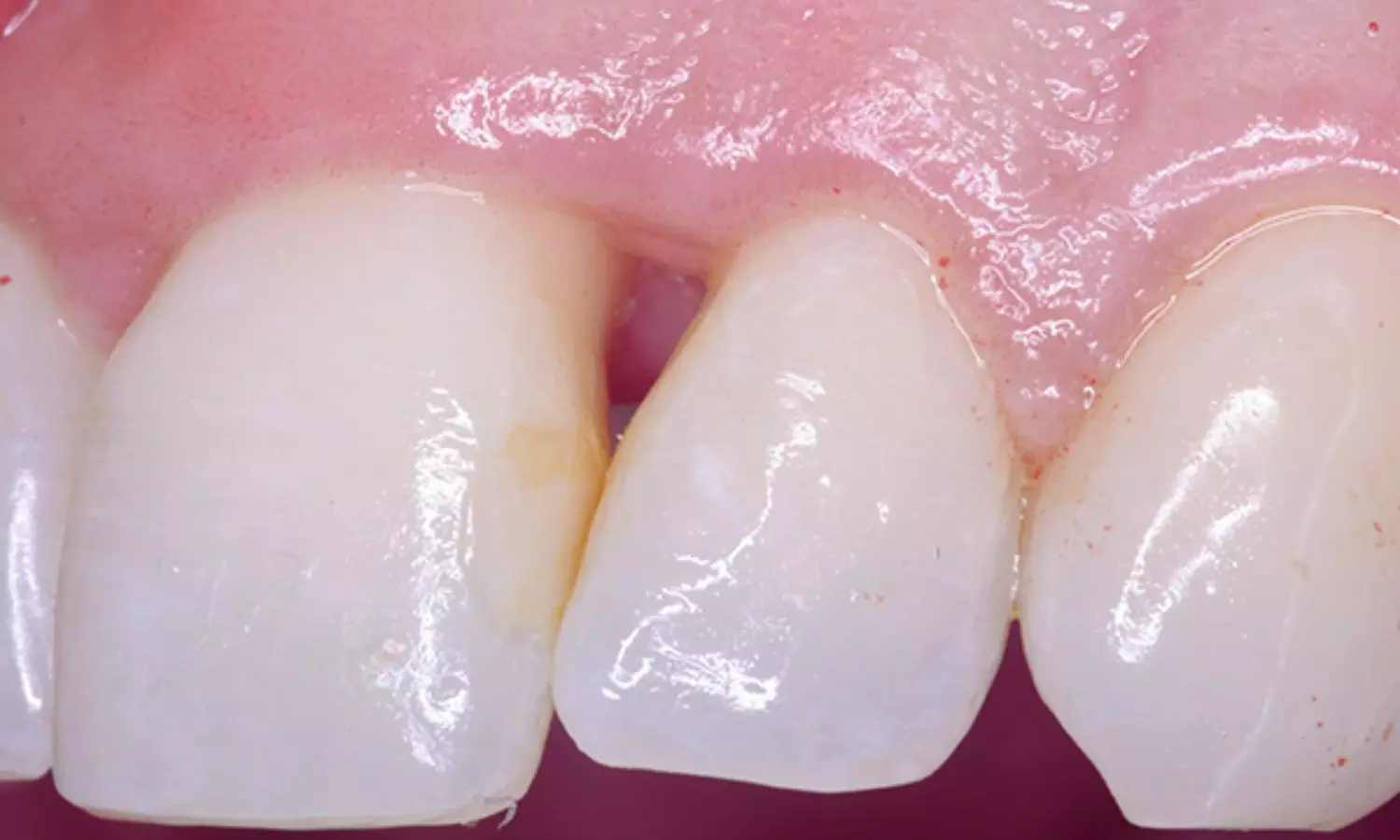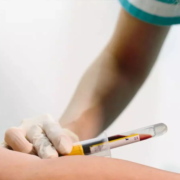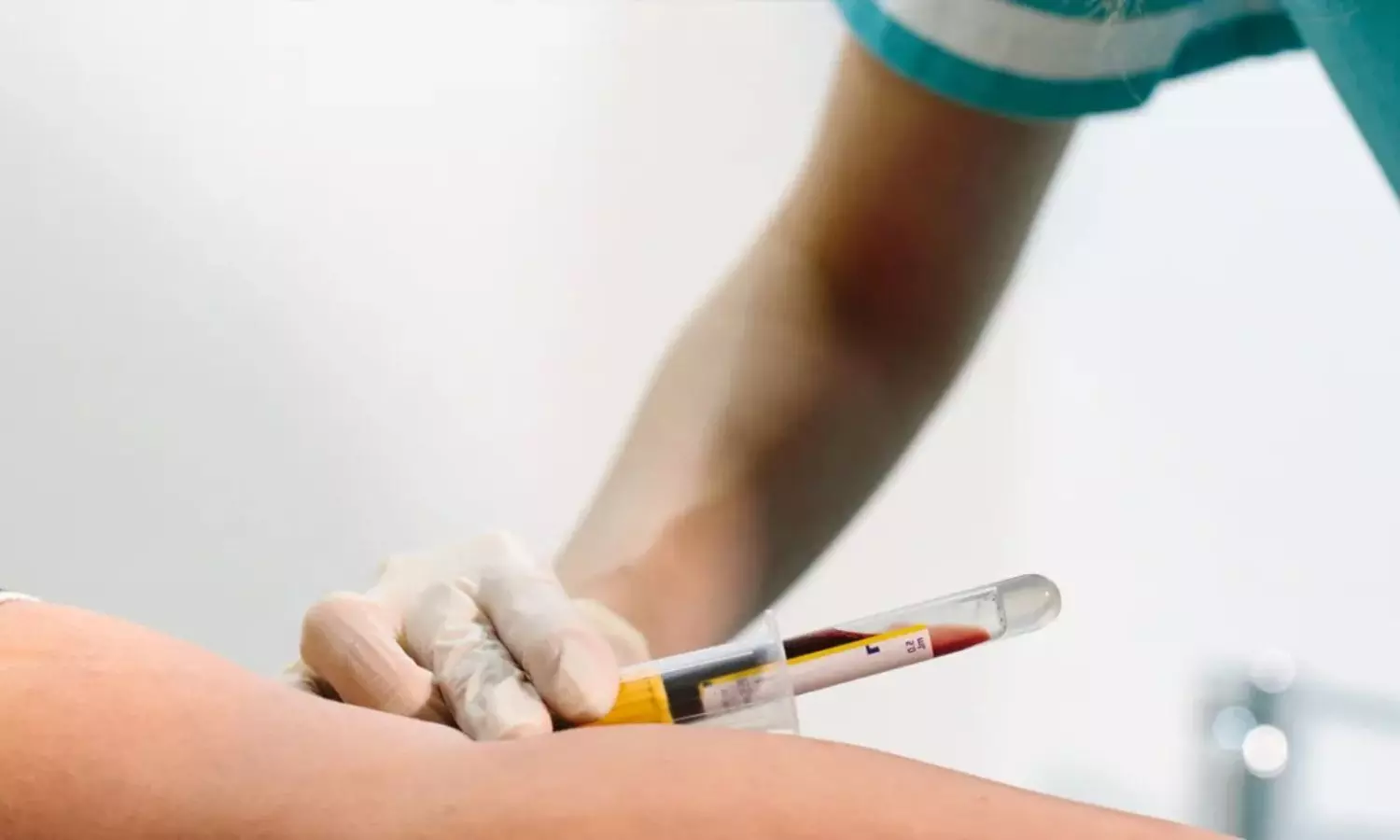AbbVie seeks USFDA nod for combination regimen of Venclexta, Acalabrutinib for previously untreated patients with Chronic Lymphocytic Leukemia

North Chicago: AbbVie has announced the submission of a supplemental New Drug Application (sNDA) to the U.S. Food and Drug Administration (FDA) for the fixed-duration, all-oral combination regimen of VENCLEXTA (venetoclax) and acalabrutinib in previously untreated patients with Chronic Lymphocytic Leukemia (CLL), offering CLL patients another VENCLEXTA combination regimen with the potential for time-limited treatment.
“This FDA submission marks a milestone for CLL treatment with the potential approval for the first oral combination regimen of VENCLEXTA and acalabrutinib for previously untreated patients with chronic blood cancer. This new fixed-treatment duration approach could allow patients the opportunity for time off treatment, if approved, and be potentially practice-changing in frontline CLL care,” said Svetlana Kobina, vice president, global medical affairs, oncology, AbbVie.
Data presented at the 2024 American Society of Hematology Annual Meeting showed that the fixed-duration combination regimen of VENCLEXTA and acalabrutinib reduced the risk of disease progression or death by 35% vs chemoimmunotherapy (HR 0.65; 95% CI: 0.49-0.87; p=0.004). The safety profile of the VENCLEXTA and acalabrutinib combination regimen is consistent with the known safety profile of each individual therapy alone.
VENCLEXTA is being developed by AbbVie and Roche. It is jointly commercialized by AbbVie and Genentech, a member of the Roche Group, in the U.S. and by AbbVie outside of the U.S. Venetoclax is approved in more than 80 countries, including the U.S.
Powered by WPeMatico






